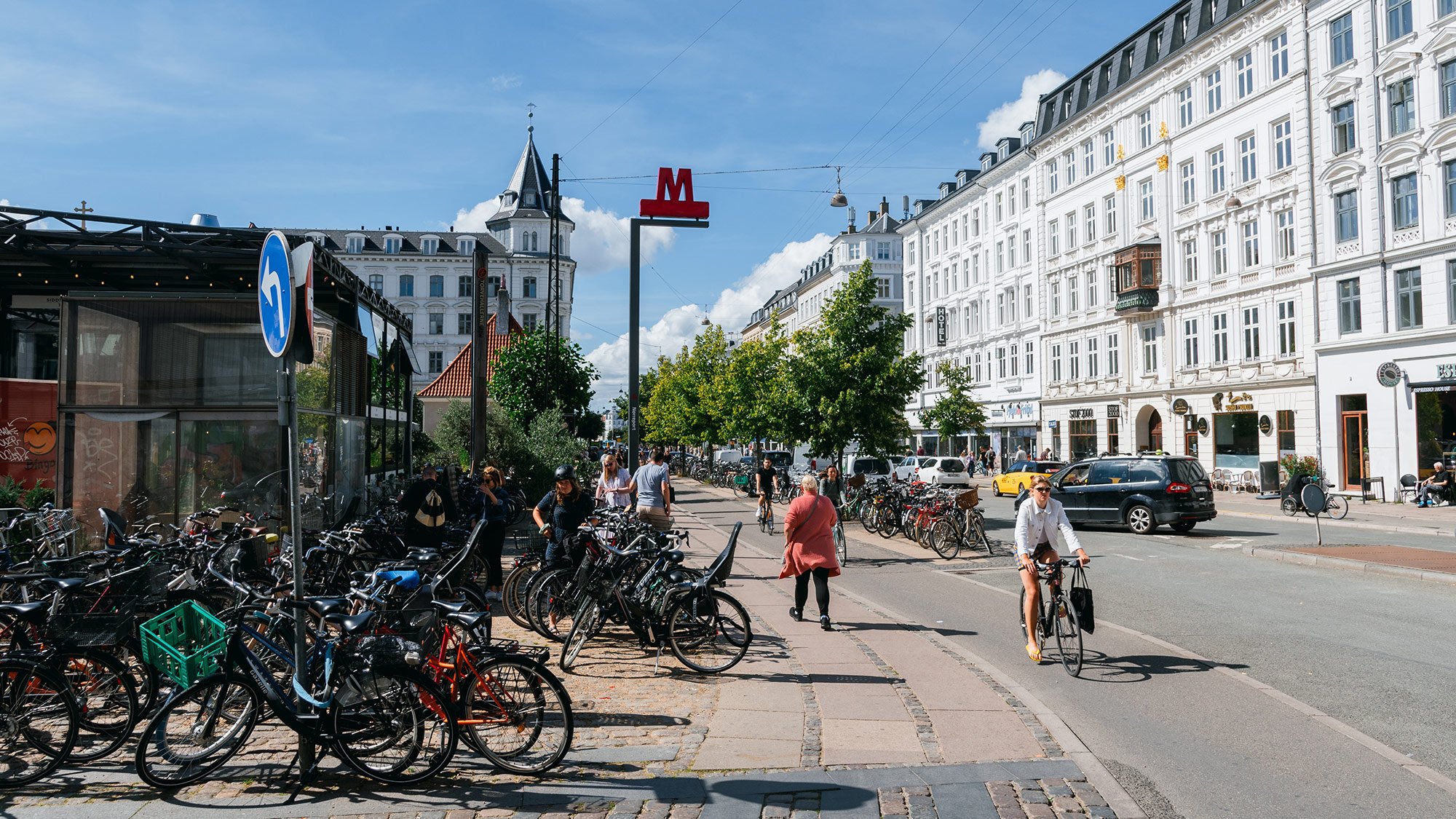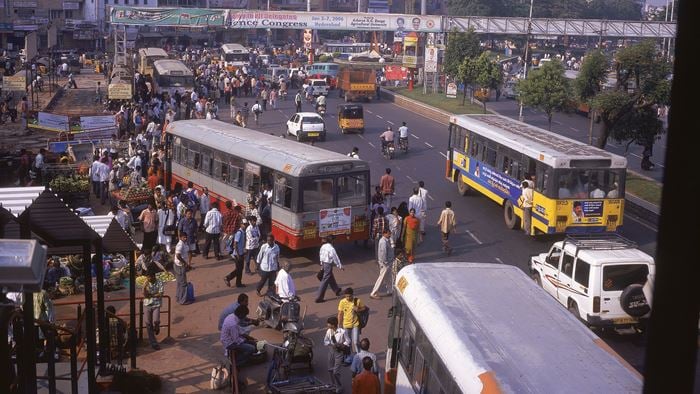As one of the most bicycle-friendly cities in the world, Copenhagen leads the way when it comes to active transport. Driven by its ambition to become carbon-neutral by 2025, the city is keen to continue to promote sustainable mobility solutions and consolidate its image as a liveable, green city.
However, like many other cities, Copenhagen has limited road capacity and the number of private car trips is still on the rise. In recent decades, the city has attracted affluent families, a cohort that is more likely to have access to private cars, whether through owning, leasing, or company schemes. Private car use adds to the city’s overall congestion levels, and jostles with other more sustainable transport modes (i.e. public transport and active transport) for scarce public car parking space. The debate currently centres on whether a congestion charge is the answer.
In general, the congestion charge is touted as a device that can help reduce congestion, raise taxes to pay for public transport and electric vehicle charging infrastructure and improve sustainability. But the city’s administration is simultaneously under pressure to increase green urban areas, improve capacity for cyclists and public transport, and simultaneously accommodate private car use and the need for parking. Is a flat rate congestion charge really the best way to achieve this wider set of goals? How would a congestion charge nudge people towards public and active transport, promote electric car ownership, optimise use of public space and help Copenhagen to become the world’s first CO2 neutral capital by 2025?
The danger of socially divisive charging
The paradoxical fact is that the viability of such a scheme would actually be very short lived if the city’s private car travel targets were met, as there would be fewer cars paying the charge. Our experiences shows that setting up a congestion charge zone in less car-dependent cities, ones with abundant public transport and cycling infrastructure, is unlikely to generate significant enough income to create alternatives to car use, if that is the intention. The infrastructure to deliver congestion charging alone costs money to install, monitor and operate.
Congestion charge schemes also typically offer discounts for low emission or emission free vehicles, which in turn incentivises the more affluent inner-city vehicle drivers, already the most likely group to own a for now expensive, emission-free vehicle. As more electric cars occupy the city’s roads, the income from non-electric cars (combustion engine cars) will decrease. It’s unlikely to lead to a sustainable source of income.
Experience in other major global cities, shows that congestion charging in its current form– as a regressive, one-size-fits-all tax – can lead to social resentment. The solidarity to overcome climate change will be undermined if the costs are disproportionately born by those who depend on cars for work, while wealthier city residents can absorb the costs easily.
I believe we need to start a more nuanced conversation about what the desired final outcome should be, and how to realise it, while meeting the city’s 2025 sustainability objectives.
Thinking bigger: the urban transport ecosystem
We could think of the greater Copenhagen area as an ecosystem comprising more and less desirable types of journeys. We need to incentivise the socially desirable options, adopting the least damaging ways of moving about i.e. public transport or active travel. The least desirable movements need to be priced to discourage usage and move a large percentage of that demand towards lower impact travel modes.
It might also be necessary to consider what are economically important trips, such as freight and logistics, and determine if a different set of incentives is possible, one that combines not only charging, but incentives to shift to zero emissions (i.e. tax reduction for electrifying logistics and public transport), deliveries outside of busy times to avoid congestion and a broad range of integrated pricing tactics.
To be meaningful we should view Copenhagen’s whole metropolitan core as a network of systems that covers a larger area than just the city centre. Shifting demand from a small area will inevitably relocate some of that activity to adjacent areas (the so-called edge effect) and penalises other places. This type of assessment is more complex because it looks at finances generated against costs, considers what the redistribution of movement (and pollution/congestion) would look like, assesses the long-term effects of any mobility scheme, evaluates the fairness of a scheme for people on all levels of income and what might enable success or help avoid failure. It considers for whom and how such a scheme is managed and why one model might deliver greater benefits – financial, environmental, social - over another.
I believe that this level of ecosystem analysis can overcome the clear risk of failure posed by over-relying on simplistic congestion charging schemes, on their own. The real long-term goal should be a green, liveable and inclusive city for all – and that means developing truly inclusive policies that the entire population can support along the way.
Copenhagen is a wonderful, vibrant city. Taking a truly integrated and holistic approach to the way we price mobility for people, rather than relying on pricing the mobility of vehicles, will enable the city to build on that reputation in the years to come.
Authors: Terry Lee-Williams, Kristian Winter, Bahar Namaki Araghi
 ;
;


